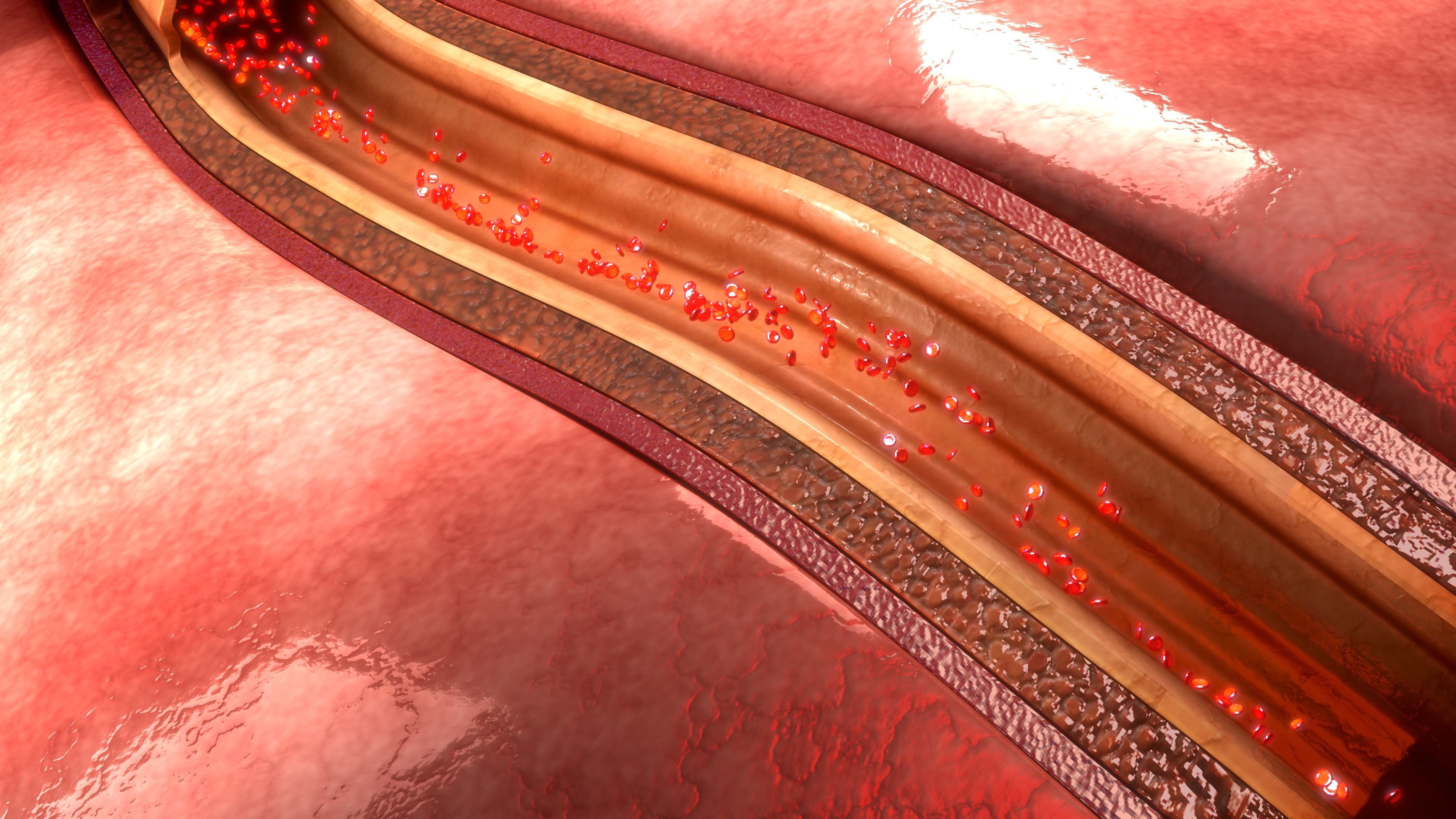PROMIS-HFpEF (PRevalence Of MIcrovascular dySfunction in Heart Failure with Preserved Ejection Fraction) is an echocardiographic trial showcasing a high prevalence of coronary microvascular dysfunction (CMD) in HFpEF and its association with systemic endothelial dysfunction (RHI, UACR) and markers of HF severity (NT-proBNP and RV dysfunction). The results of the trial were recently published in the European Heart Journal.
In the past, it has been hypothesized that comorbidities common to HFpEF (such as obesity, diabetes, chronic kidney disease) cause systemic and coronary endothelial inflammation and CMD. Inflammation mediates the reduction of endothelial nitric oxide bioavailability and cyclic guanosine monophosphate (cGMP) production by adjacent cardiomyocytes, subsequently leading to Left Ventricular Diastolic Dysfunction (LVDD). However, most of the past literature is largely indirect and preclinical and until now, much of it was in very limited referral samples. In order to investigate the prevalence of coronary microvascular dysfunction (CMD) and its association with systemic endothelial dysfunction, HF severity, and myocardial dysfunction in a well defined, multi-center HFpEF population, Sanjiv J Shah and his colleagues conducted the largest prospective multi-centre trial of CMD in HFpEF, spanning four countries (Sweden, U.S., Finland, and Singapore). The study enrolled patients fulfilling strict criteria for HFpEF in accordance with the current guidelines.
 [perfectpullquote align=”full” bordertop=”false” cite=”” link=”” color=”” class=”” size=””]“I think all of this basically is the clinical evidence we needed to really start focussing on potential new ways to test treatments in HFpEF.”- Dr. Carolyn Lam[/perfectpullquote]
[perfectpullquote align=”full” bordertop=”false” cite=”” link=”” color=”” class=”” size=””]“I think all of this basically is the clinical evidence we needed to really start focussing on potential new ways to test treatments in HFpEF.”- Dr. Carolyn Lam[/perfectpullquote]
Patients with known unrevascularized macrovascular coronary artery disease (CAD) were excluded. All patients in the study underwent two-dimensional echocardiography with Doppler and tissue Doppler imaging. Coronary flow reserve (CFR) was measured using adenosine stress transthoracic Doppler echocardiography. Due to a shallow acoustic window, this could also be performed easily in obese patients and had an overall success rate of 87%. Peripheral arterial tonometry was used in the measurement of systemic endothelial function [reactive hyperemia index (RHI)]. Analyses were performed after adjusting for factors such as age, sex, BMI, atrial fibrillation, diabetes, revascularized CAD, smoking, left ventricular mass, and study site. CMD was defined as CFR <2.5 on transthoracic Doppler echocardiography. Out of a total of 202 patients with HFpEF, CMD was observed in 75% of them (95% confidence interval 69–81%). In these CMD patients, the mean CFR was 2.13 (median 2.08). The investigators reported a higher prevalence of CMD in patients with a history of current or prior smoking (70% vs. 43%; P = 0.0006) and atrial fibrillation (58% vs. 25%; P = 0.004). According to a presentation by Carolyn Lam at the European Society of Cardiology annual meeting, worse CFR was associated with systemic endothelial dysfunction indicated by higher urinary albumin-to-creatinine ratio (UACR) (β coefficient=4.1, 95% CI 2.7-6.7, P=0.028) and lower reactive hyperemia index (β coefficient=-0.11, 95% CI -0.21 to 0.00, P=0.041). It was also tied to more severe HF indicated by higher NT-proBNP levels (β coefficient=543, 95% CI 132-954, P=0.010) and cardiac dysfunction indicated by lower tricuspid annular plane systolic excursion (β coefficient=-0.52, 95% CI -1.03 to -0.02, P=0.042) and lower right ventricular free wall strain (β coefficient -0.50, 95% CI -1.5 to -0.1, P=0.022). All these results pointed towards CFR being a promising composite risk marker in HFpEF.
In an interview with Dr. Michael Gibson, Dr. Carolyn Lam, Senior Consultant, National Heart Centre Singapore, expressed her excitement on the impact of these findings, “I think all of this basically is the clinical evidence we needed to really start focussing on potential new ways to test treatments in HFpEF.” When it comes to novel therapeutic targets, agents that enhance cyclic GMP such as guanylate cyclase stimulators and anti-inflammatory therapies may be considered. To throw further light on this aspect, the results of future trials are eagerly awaited.



